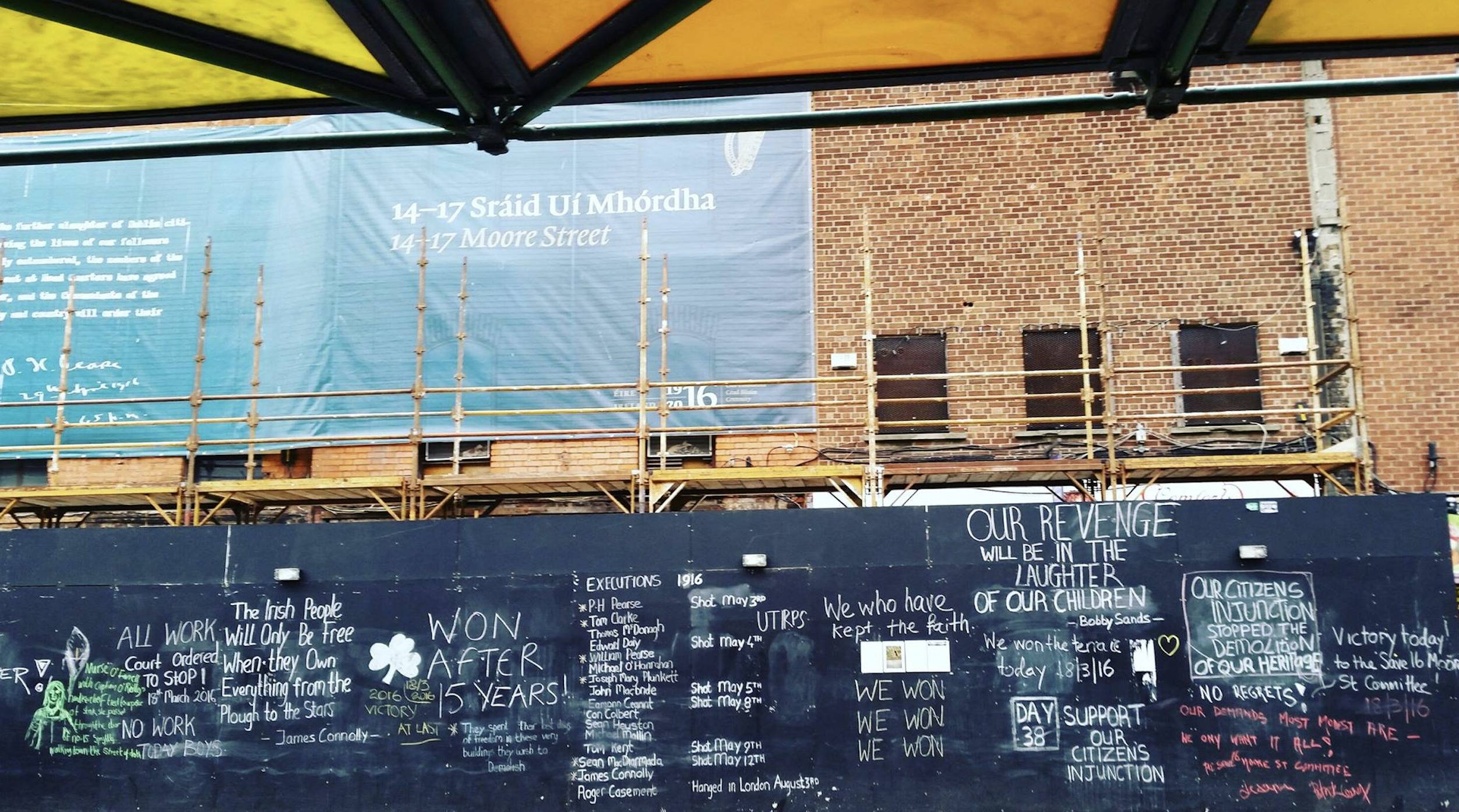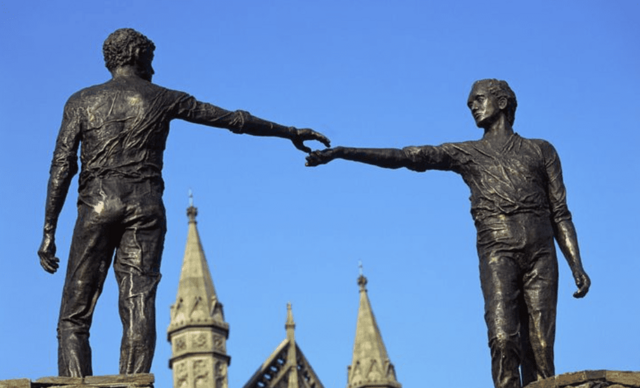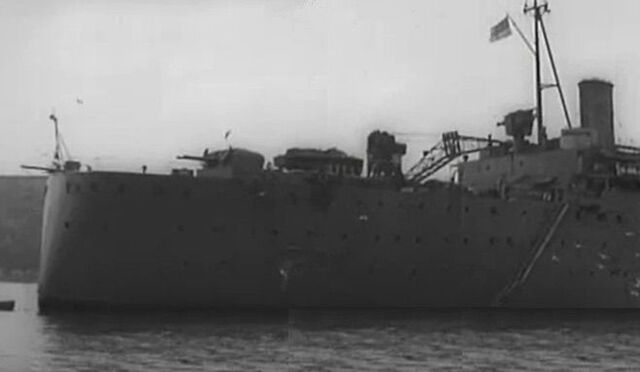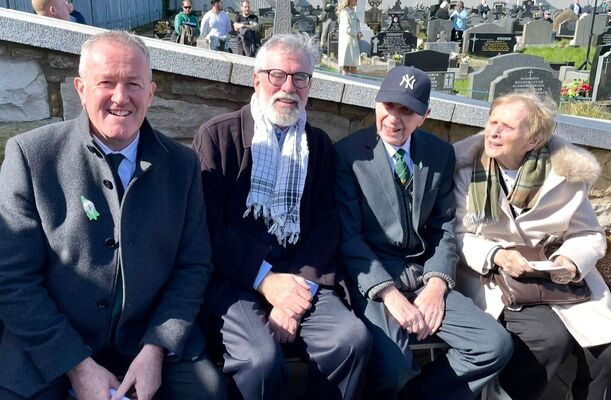I DIDN'T think Easter is almost upon us. It has crept up on me. For Irish republicans Easter holds a special significance. It is synonymous with the 1916 Easter Rising and the heroism over a century ago of those who rose up against the British Empire and declared for a Republic. It is also a time when we remember all of those women and men – over countless generations – who gave their lives in pursuit of Irish sovereignty and independence.
In the course of my activism I have travelled widely. I have visited many countries. Time and again I have been struck by the determination of nations to honour the patriots and freedom fighters who gave meaning to their desire for freedom and self-determination.
Across the world there are countless memorials to those who fought in wars against colonialism. National ceremonies of remembrance are held. Buildings or lands and even prisons associated with struggles for freedom are protected and used as aids to teach young people the value of citizenship and the importance of freedom and democracy.
Across this island and beyond there are many such monuments to Irish patriots. Next Sunday tens of thousands of people in towns, villages and cities, at country crossroads and at lonely hillside graveyards across the country will gather for commemorations. They will gather also in Britain, Australia, Canada, the USA and many other places.
Most will wear an Easter lily. This is a symbol of our enduring commitment to the ideals of 1916 and of the Proclamation of the Republic and is a mark of respect for all those, from every generation, who paid with their lives in the cause of Irish freedom.
The first Easter lily badges were designed in 1925 by the republican women’s revolutionary organisation, Cumann na mBan. From the 1930s, successive Fianna Fáil and Fine Gael governments attempted to suppress sales of the Easter lily. It was illegal in the North also. Over the decades many republicans have been harassed, arrested and jailed for selling the Easter lily.
Fortunately, those days are now behind us and Easter lily badges of all shapes and sizes, in metal or cloth or paper, are now readily available. So wear an Easter Lily with pride. And if you can, attend your local commemoration next week. Well done to the National Graves Association and all those who organise these events.
Táim ag iarraidh ar gach duine, óg agus sean, Lilí a chaitheamh um Cháisc mar siombail náisiúnta a chuireann chun cinn na h-idéalacha agus prionsabail a bhain leo siúd a fuair bás um Cháisc 1916.
Micheál Martin and Moore Street
MICHEÁL Martin visited 14-17 Moore Street last week. Number 16 is where the leaders of the Rising held their last meeting before their execution. Numbers 14-17 are the planned location for a National Monument to those who fought in the 1916 Easter Rising and who evacuated to that street as the GPO was in flames.
Martin’s visit comes 12 years after he called for the "protection and enhancement" of Moore Street. It comes 19 years after the Fianna Fáil government of Bertie Ahern designated 14-17 Moore Street as a National Monument. During that time the buildings lay derelict and have fallen into a dangerous state of disrepair.
HISTORY: Graffiti at the Moore Street site urging the government to do the right thing
Now almost two decades later Martin takes an interest, on the cusp of Easter, in a site that his government has starved of funding. Moreover, Martin has backed the plan by the London-based developer Hammerson to obliterate the Moore Street Battlefield site, including historic buildings that are part of that period.
The rumour was that he was to make a public statement about this. Representatives of the Moore Street Preservation Trust were there to respond, including the grandson of James Connolly, James Connolly Heron.
James presented An Taoiseach with the Trust's plan for a 1916 Historic and Cultural Quarter. This encompasses the preservation, restoration and management of the Moore Street Battlefield Area, as designated by the High Court in 2016: "the lands, buildings, streets and lanes within an area including Moore Street, Henry Place, O’Rahilly Parade and Moore Lane, in which the 1916 Rising Volunteers travelled after evacuating the GPO."
Micheál Martin did not visit any other part of the street, speak to any of the shop owners or 1916 relatives who were present and the media. Maybe the presence of Moore Street campaigners put him off.
Speaking afterwards, James Connolly Heron said of the government: "They claim to want to develop a museum while supporting a plan that will destroy the whole purpose and context of a museum – the story of the 1916 Rising as told in the very buildings where the last act of the Rising took place. The Hammerson plan would turn Moore Street into a building site for 15 years". He called again for a meeting with An Taoiseach.
Thus far Micheál Martin has declined to meet with the 1916 relatives. He has met with the developer whose plan he endorsed before the planning process was completed.
The government’s plans for Moore Street do not reflect the historic significance of the area. In a submission to the High Court ten years ago, the National Museum of Ireland spoke of the "national historical importance of the whole Moore Street area". Nor does the government’s plan match the economic potential of the Battlefield Site as a major tourist and employment attraction for the centre of Dublin.
Martin should read the Moore Street Preservation Trust's alternative plan, meet with the relatives and listen to the voices of those who have a vision for Moore Street which reflects the ambition that the leaders of 1916 had for the island of Ireland.
Two different voices on unity
Speaking of Micheál Martin, the Fianna Fáil leader was interviewed by the Belfast Telegraph last week. I was disappointed but not surprised by his assertion that he wasn’t even thinking of a ‘border poll’. When pushed about the constitutional future of Ireland in 50 years time he couldn’t even bring himself to utter the words ‘united Ireland.’
In the 15 years he has been leader of Fianna Fáil, Martin has engaged in a deliberate strategy of obfuscation when it comes to unity. His current excuse for not pursuing that legitimate national goal is his deeply flawed assertion that you must first have reconciliation. To this end he promotes the Shared Island Unit – which I support – claiming that its efforts will promote reconciliation and, he infers, the cause of unity. But his strategy makes the achievement of reconciliation more difficult because it hands a veto to those who oppose reunification.
At the same time Martin praises the Good Friday Agreement. That’s because he has to. But he ignores the Agreement’s commitment to unity referendums and his obligation as An Taoiseach to plan for the future. He is also walking away from his constitutional obligation to pursue the objective of a united Ireland.
As Micheál Martin was presenting his stunted view of the future, Leo Varadkar was in the USA offering a more positive vision of a future Ireland. In his address to an Ireland’s Future event in Philadelphia he told 500 Irish Americans: "I firmly believe that building a new and united Ireland is the next step in our national journey, and I believe that Irish America can help us to make those next steps".
A few days later, writing for the Irish News, Varadkar wrote: "Every generation has its great cause. I believe ours is the cause of uniting our island, working to build a new home where all traditions, all stories, and all our people belong. I believe building a new Ireland, a united Ireland, is the political project of our generation.”
Other United Irelanders will say that Leo should have done more about this when he was Taoiseach. And that’s fair enough. But unlike Micheál Martin, the former Fine Gael leader is not afraid to use the ‘unity’ word or to talk about a united Ireland. Nor are an increasing number of citizens across this island. The reality is that partition has failed. The only cure for this is to end the union. A mechanism to do this is contained in the Good Friday Agreement. Micheál Martin can only ignore this if the rest of us let him. Regardless of his opposition the unity referendums will take place. There is therefore an onus on the rest of us to plan to win them. I believe we can do it.







